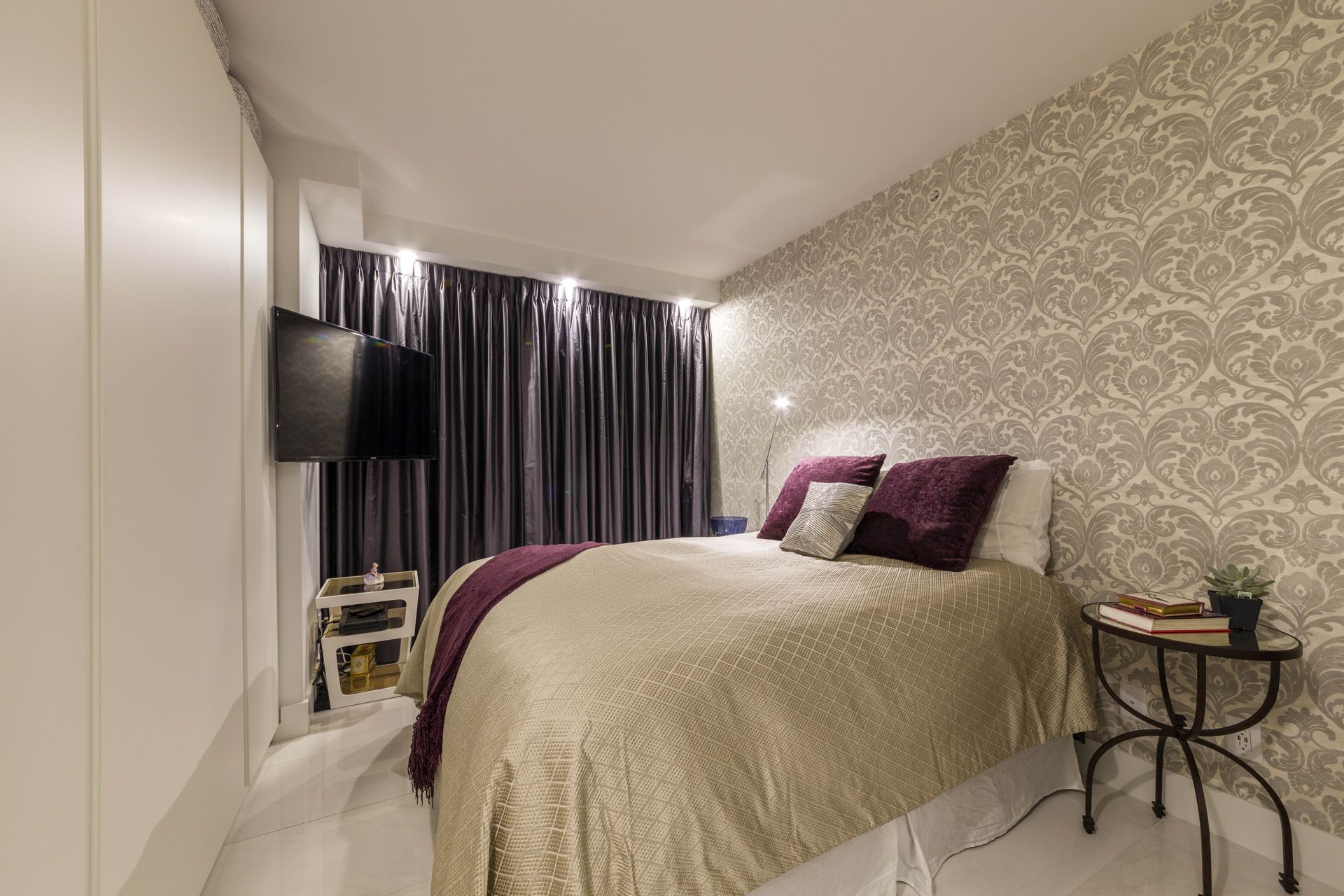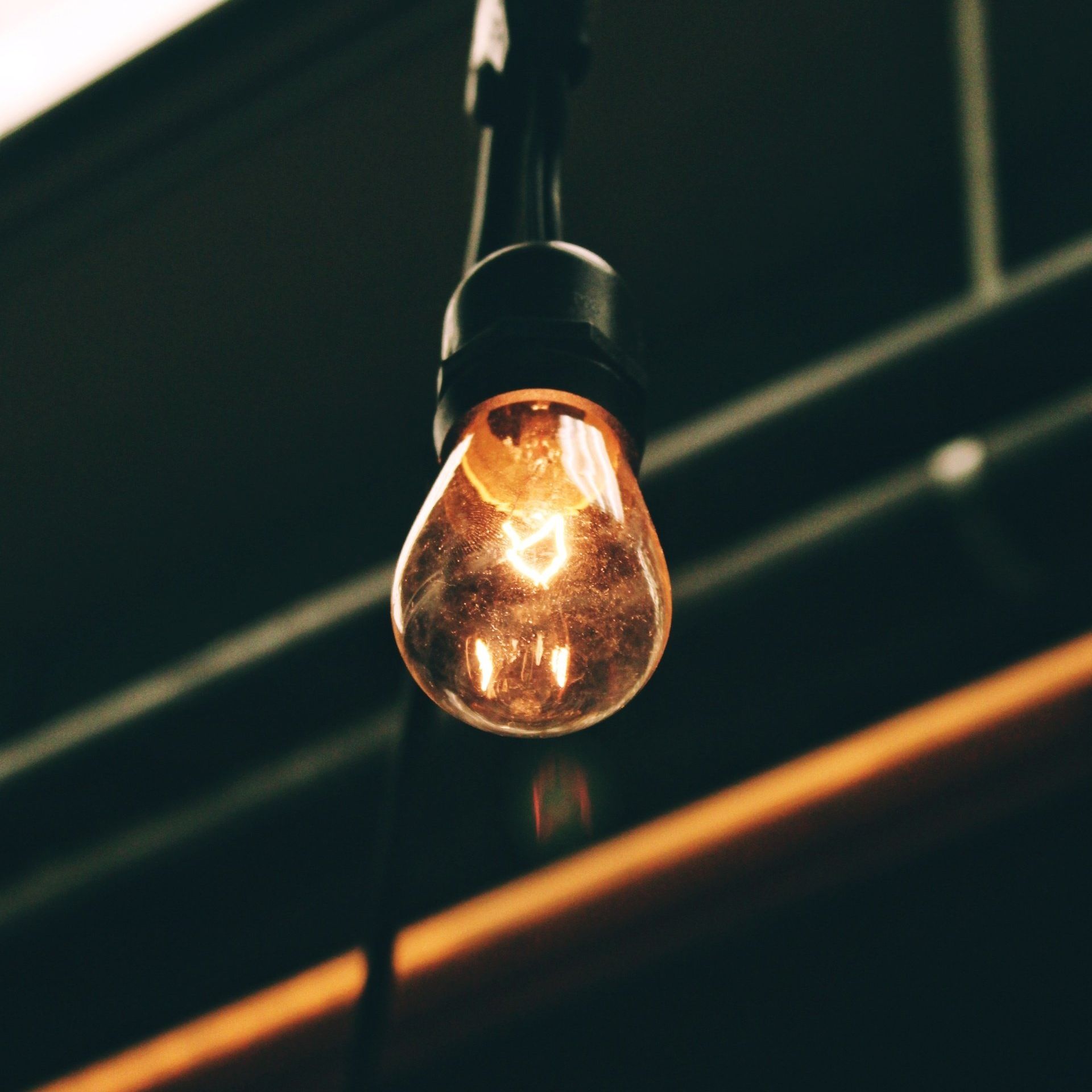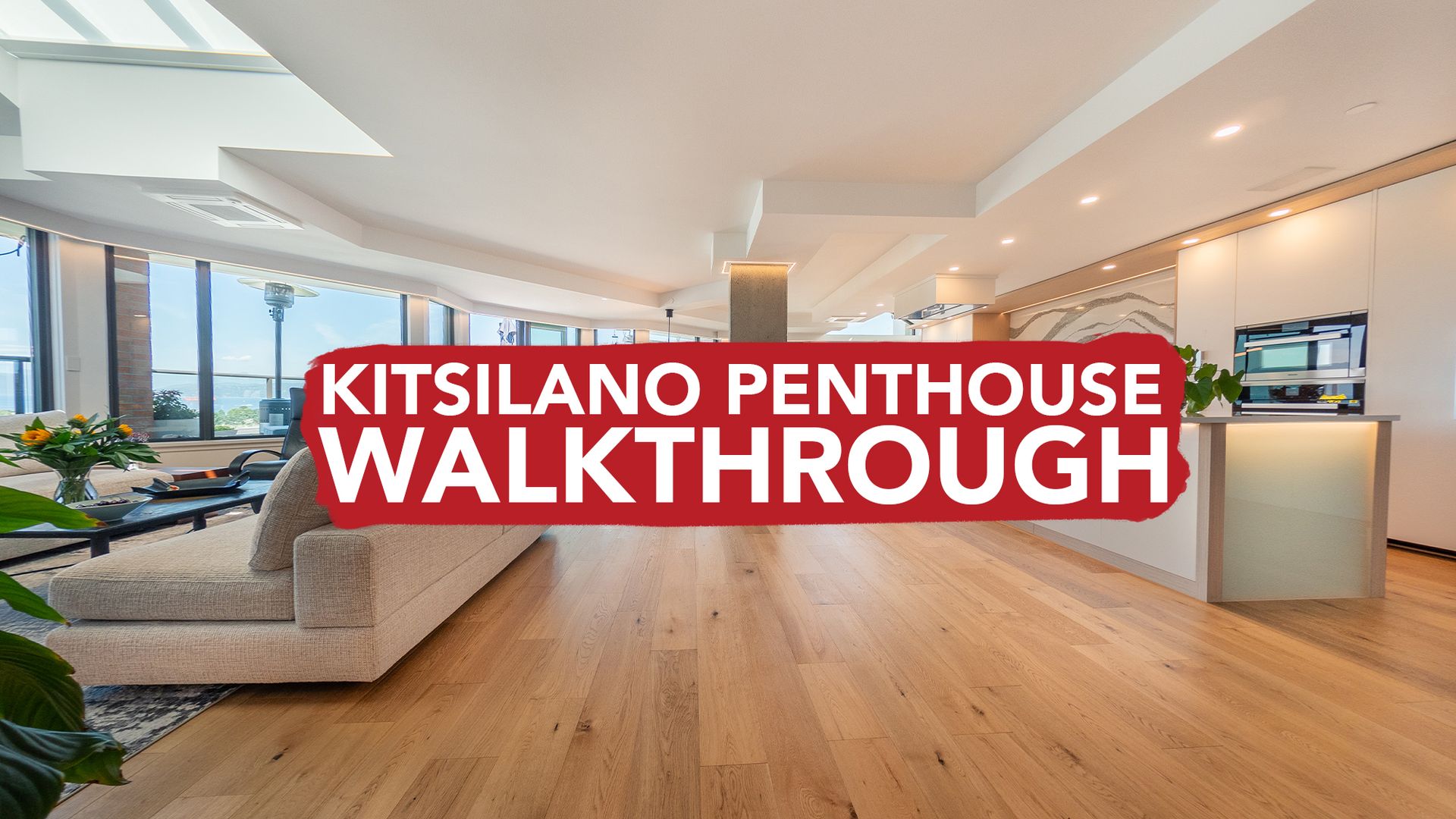DESIGNING A BEDROOM FOR A PERFECT SLEEP
Sleep is a significant problem for many people, and there is no shortage of advice on how to get a good night's sleep. For this blog post, we wanted to take a slightly more interior design angle on this topic. How can we design and build the perfect bedroom for the best night's sleep?
A QUIETER PLACE

Silence is critical to a good night's sleep. So how can we design a quiet room? If you are completing a renovation or new build, we can use soundproofing drywall in the walls and ceiling. We recently completed a project using multiple layers of soundproofing drywall to even further reduce sound. We can also install sound-dampening insulation into the wall space.
We can use soundproofing glue and soundproof floor under-layers to reduce noise from the floor below if you live in an apartment or have sound that comes from under your home.
If you are not renovating your home, you can still reduce your sound with rugs and floor mats. Using thick and heavy curtains in your bedroom also helps reduce the sound from outside windows.
DARK DAYS ARE COMING
The other key to a good night's sleep is darkness. Blackout curtains are the key to reducing the light in a bedroom, especially here in Vancouver, where plenty of light comes from the city at night. Curtains with blinds behind can help further reduce the amount of light coming in, but blackout curtains are the best way to stop light coming in. It also helps to have a bedroom door that seals tight, including on the floor, to reduce light leakage from other rooms.
COLOURS
Did you know that colour has a part to play in your mood? And without being consciously aware of it, the colour blue can help induce sleep. We wouldn't recommend going with bright baby blue. More of a muted blue. Blue has been proven to help calm the brain, evoking a relaxing environment for study or, in this case, sleep.
LET THERE BE (ORANGE) LIGHT
Everyday light bulbs work can come in a few different shades of 'white.' Light bulbs can range between blue, through what we consider white, and then into orange. Similar to how our sunrises are blue, the middle of the day is white, and the sunset is orange.
Your mobile devices are great at filling your eyes with blue light, which stops the release of melatonin which we need to sleep well. So one simple thing anyone can do is change your bedroom's light bulbs to orange-coloured bulbs. When you look at the side of the light bulb box, you are looking for a number of 4000k or below, or sometimes you might see a scale between blue and orange.
If you have a smart lighting system in your home, chances are you can customize your lights in various colours. For example, you want to set lights for the warmer, more orange tint at night to help induce sleep, much like when the sun sets.
A COOL BREEZE IS IN THE AIR
The optimal room temperature for sleep at night is around 18 degrees Celsius or 65 degrees Fahrenheit. So we won't get into an inter-relationship argument here about who is the hot or cold sleeper or who hogs the sheets the most. However, the temperature you sleep at has been well researched, and 18 degrees is optimal for your circadian rhythm to get the best night's sleep.
So how do we design and build a bedroom to support this, with air conditioning! And ideally, room zone controllable air conditioning systems so that your bedroom is monitored for an accurate temperature and airflow is delivered to your room directly.
SLEEPING BEAUTY
Building the perfect bedroom can be a dream come true, just like Sleeping Beauty's fairy tale ending. You can create a space that's both functional for sleep and magical. So go ahead and make your dreams come true with your perfect bedroom. Contact us today for an obligation-free design consultation with one of our designers.

















